Dual sustainability in public transport
CTU’s ‘Men and Material’ approach shows that both physical capital and human capital of an STU requires constant and complementary resource management to ensure sustainability.
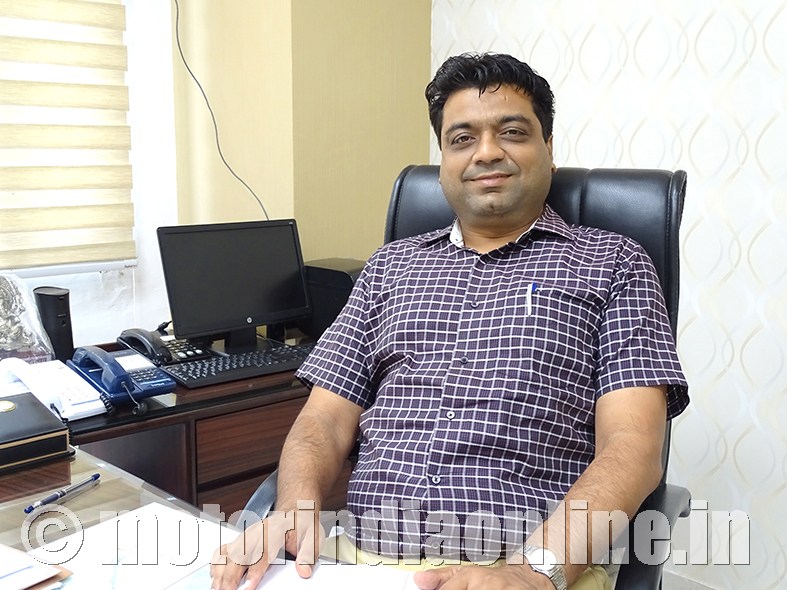
The beauty of a city lies in the way it risks exhibiting and flaunting its very superficiality, its ornamentalism, as its lust for life amidst its overpowering mundaneity. Chandigarh, “The City Beautiful”, is perhaps the most pleasing city one can find in India, with its orchestrated roads, gardens, and dwellings, cleaner ambience, leisurely pace of living, unbelievably broad side paths and cycle lanes, food and goodies, and nearness to hills. But for us, a bunch of MotorIndians, none of these hardly mattered, we aren’t any aesthetic connoisseurs or zealous tourists! And that “overpowering mundaneity” of any city in general includes what actually matters to us – buses and other public transport! Yet, to our surprise, Chandigarh does have well-maintained and tidy buses, complementing its ecumenical beauty and grandeur.
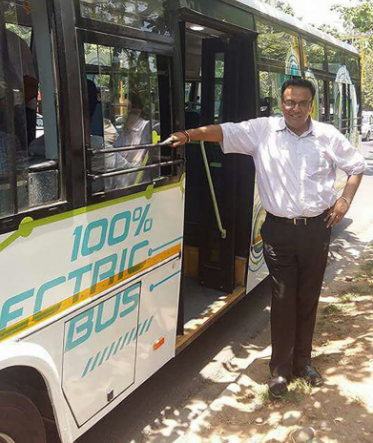
That’s perhaps the first and foremost thing Chandigarh Transport Undertaking (CTU) takes pride in. “Buses are an important part of the city’s outlook that anyone can hardly ignore, and we make sure that they are clean and well-maintained to augment the prettiness of the city”, says Mr. Yashjeet Gupta, General Manager, City Bus Operations, CTU. Buses are washed and cleaned periodically, claims CTU, thanks to an odd-even arrangement that is being followed in all the four depots where the odd-numbered buses are cleaned on odd days and even-numbered on even days. The commuters play a crucial role in this feat by ensuring that the buses are not grimed, he adds. In fact, buses present a much convenient avenue for wandering across and exploring the city, Chandigarh in particular.
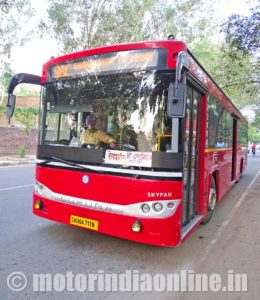 The State-owned Chandigarh Transport Undertaking (CTU) is active since 1966, catering to public transport services in the Union Territory, with a healthy fleet of 405 buses catering to tri-city (Chandigarh, Panchkula and S.A.S. Nagar) and 134 buses for long routes. Its fleet consists of 9-metre SML-Isuzu ‘medi’ buses to low-floor Tata-Marcopolo and Corona Skypak models, of which a huge chunk are air-conditioned. The corporation operates over 1,20,000 kilometres on a daily basis, with country’s lowest staff-per-bus ratio of just 3.90 employees per bus. Its crew is also gender-inclusive, there is an appreciable number of woman conductors employed on all important routes, not merely for the ease of women commuters but also as a principle of gender-neutrality.
The State-owned Chandigarh Transport Undertaking (CTU) is active since 1966, catering to public transport services in the Union Territory, with a healthy fleet of 405 buses catering to tri-city (Chandigarh, Panchkula and S.A.S. Nagar) and 134 buses for long routes. Its fleet consists of 9-metre SML-Isuzu ‘medi’ buses to low-floor Tata-Marcopolo and Corona Skypak models, of which a huge chunk are air-conditioned. The corporation operates over 1,20,000 kilometres on a daily basis, with country’s lowest staff-per-bus ratio of just 3.90 employees per bus. Its crew is also gender-inclusive, there is an appreciable number of woman conductors employed on all important routes, not merely for the ease of women commuters but also as a principle of gender-neutrality.
Technology as an ‘Enabler’
IT solutions, as an enabler to better service and revenue consolidation, is fast catching up as a critical rendezvous for STUs (State Transport Undertakings) 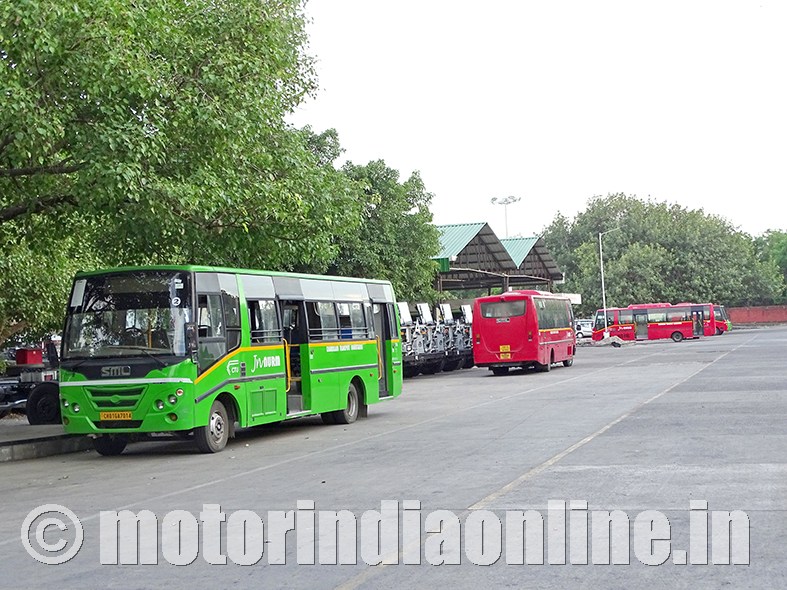 in India. “We are way ahead in the run for innovative and transformative technology initiatives, including the much-talked about Intelligent Transportation System (ITS)”, said Mr. Amit Talwar, PCS, Director Transport, UT Chandigarh. CTU claims that with a slew of technological upgradation and adoption of IT infrastructure, the ITS project will help it provide transparent and premium services to commuters in the years to come including smart cards for travel, mobile-app based vehicle tracking and information system and so on. It is already in talks with the ITS planners to churn out blue-prints for the forward-looking project. Automatic vehicle location system and mobile application (CTU Bus Guide) is our immediate priority, added Mr. Talwar.
in India. “We are way ahead in the run for innovative and transformative technology initiatives, including the much-talked about Intelligent Transportation System (ITS)”, said Mr. Amit Talwar, PCS, Director Transport, UT Chandigarh. CTU claims that with a slew of technological upgradation and adoption of IT infrastructure, the ITS project will help it provide transparent and premium services to commuters in the years to come including smart cards for travel, mobile-app based vehicle tracking and information system and so on. It is already in talks with the ITS planners to churn out blue-prints for the forward-looking project. Automatic vehicle location system and mobile application (CTU Bus Guide) is our immediate priority, added Mr. Talwar.
Further to improve operational efficiency, the transport organisation has already introduced SMS-based crew management system for drivers and conductors to avoid absenteeism. CTU’s other successful pet projects in this regard are the Automatic Fuel Management System (AFMS) and automation of Bus Fuelling system. AFMS ensures total management of fuel chain including handling – from procurement to storage – and issuance by the oil company itself, resulting in zero operational and handling loss to the transport provider. The fuel dispensing machines of all the buses are secured with Radio Frequency Identification (RFID) tags to eliminate pilferage and misuse of fuel at depots, while a dedicated MIS is being maintained to analyse data on fuel consumption, cost per kilometre (CPKM), etc. The AFMS is being developed to next level where fuel tank levels are to be constantly monitored in real-time basis, adds CTU.
Behavioral change training
Amid all the technological interventions and initiatives, CTU has rightly realised that training its crew members on the best practices is crucial and should go hand-in-hand, especially with regard to fuel efficiency, maintenance practices, and road safety. Considering that the fuel costs touch Rs. 50 crore-mark every year, any improvement in fuel efficiency can significantly improve the corporation’s bottom line. Further, CTU was not happy with the higher incidences of accidents involving its buses in the 2012-2016 period owing to increasing traffic congestions, therefore a dire need for some behavioural change among its drivers was also noticed.
In July 2016, CTU roped in Petroleum Conservation Research Association (PCRA) to kick-start an innovative Driver Training Programme (DTP) involving 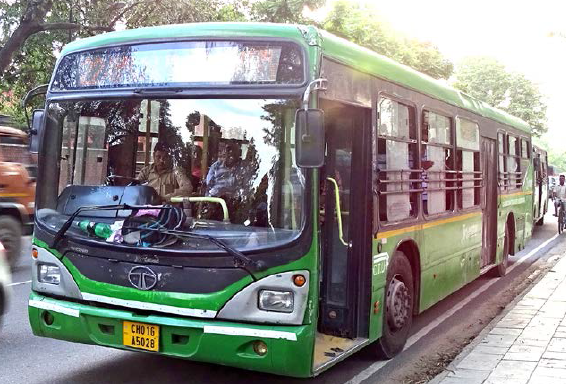 a 3-day training module with a mix of classroom training through video films, presentations and practical sessions on the turf. All of its 900 out of 1,050 driving crew members were introduced to the course in batches of 15 drivers for a session, and the programme got over by May this year. The training broadly involved sessions on good and frugal driving practices, effective maintenance practices, pollution control measures, and road safety measures.
a 3-day training module with a mix of classroom training through video films, presentations and practical sessions on the turf. All of its 900 out of 1,050 driving crew members were introduced to the course in batches of 15 drivers for a session, and the programme got over by May this year. The training broadly involved sessions on good and frugal driving practices, effective maintenance practices, pollution control measures, and road safety measures.
“The post-training results are encouraging and transformative”, says Mr. Amit Talwar. While assessing 700 trained drivers, there has been an average increase of around 5% in mileage figures in the test conditions, which is likely to fairly reflect in real environment, he added. CTU could also notice the active participation of its crew members in training and sharing of ideas to improve the operations, resulting in an opining and collaborative ambience, something most of the STUs miss out. That’s commendable so far, but how are the innovations going to be sustained for transcendental changes in the future? Director Transport says that the department is committed to conduct the refresher courses twice a year for all the crew members, while also devising a strategy to identify master trainers who will continue to take up sessions so as to have enduring positive behavioural change across the system.
In terms of future expansion plans, Mr. Amit Talwar said that CTU is looking to enter the super-luxury inter-city segment, with a proposal for 40 premium buses and 160-odd buses for inter-city operation already under UT government’s consideration. He added that his organisation’s primary focus is on introducing more and more affordable air-conditioned (HVAC) buses for a very minimum extra premium from the commuters. Of the upcoming 200 buses for inter-city trips in the next two years, 120 are expected to be HVAC, while the intra-city fleet already has a healthy strength of over 140 AC buses in midi and large bus segments. This way we can try to enhance the in-cabin experience and safety of the commuters, rightly complementing the ITS-based services, added Mr. Talwar.
CTU undertakes trial run of BYD-Goldstone 12 m Electric Bus
In our July edition, we had reported that the Chandigarh Transport Undertaking (CTU) and Tata Motors were jointly conducting the test runs of the Tata-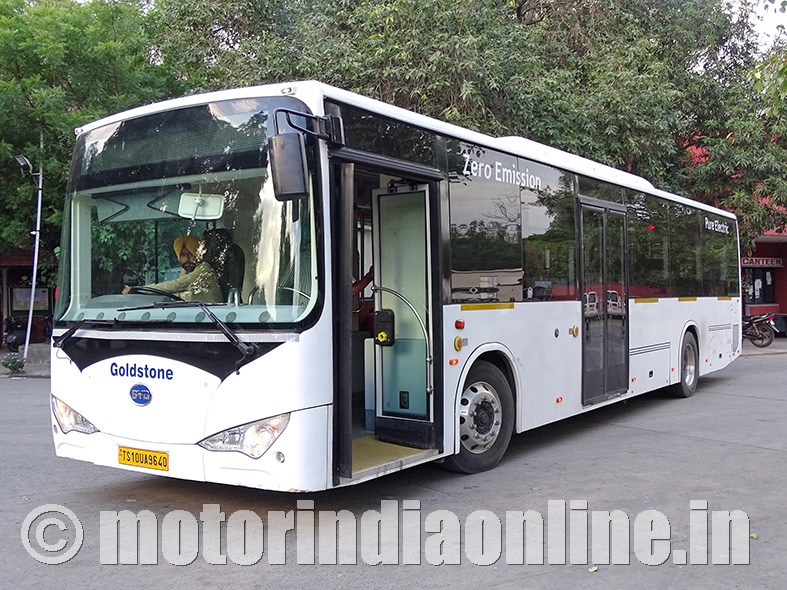 Marcopolo Ultra Electric (9-metre) bus at the ‘Garden City’. Just a month after, the state-owned transport agency could arranged a 15-day demo run of BYD pure-electric bus, with assistance of Hyderabad-based Goldstone Infratech Ltd. – BYD’s local partner in India. The test mule was a 12-metre low-floor pure-electric bus, featuring Iron phosphate (Fe) battery pack and a couple of AC synchronous motors powering the rear wheels. Director Transport, UT Chandigarh Mr. Amit Talwar PCS is quite optimistic in inducting pure-electric buses in future.
Marcopolo Ultra Electric (9-metre) bus at the ‘Garden City’. Just a month after, the state-owned transport agency could arranged a 15-day demo run of BYD pure-electric bus, with assistance of Hyderabad-based Goldstone Infratech Ltd. – BYD’s local partner in India. The test mule was a 12-metre low-floor pure-electric bus, featuring Iron phosphate (Fe) battery pack and a couple of AC synchronous motors powering the rear wheels. Director Transport, UT Chandigarh Mr. Amit Talwar PCS is quite optimistic in inducting pure-electric buses in future.
“We are happy to be the part of trial runs of electric buses conducted by the manufacturers. Once the right battery technology, range limitations, and charging infrastructure are clearly defined by the industry, electric buses will make a huge difference in the green and sustainable mobility in city spaces”, he said.